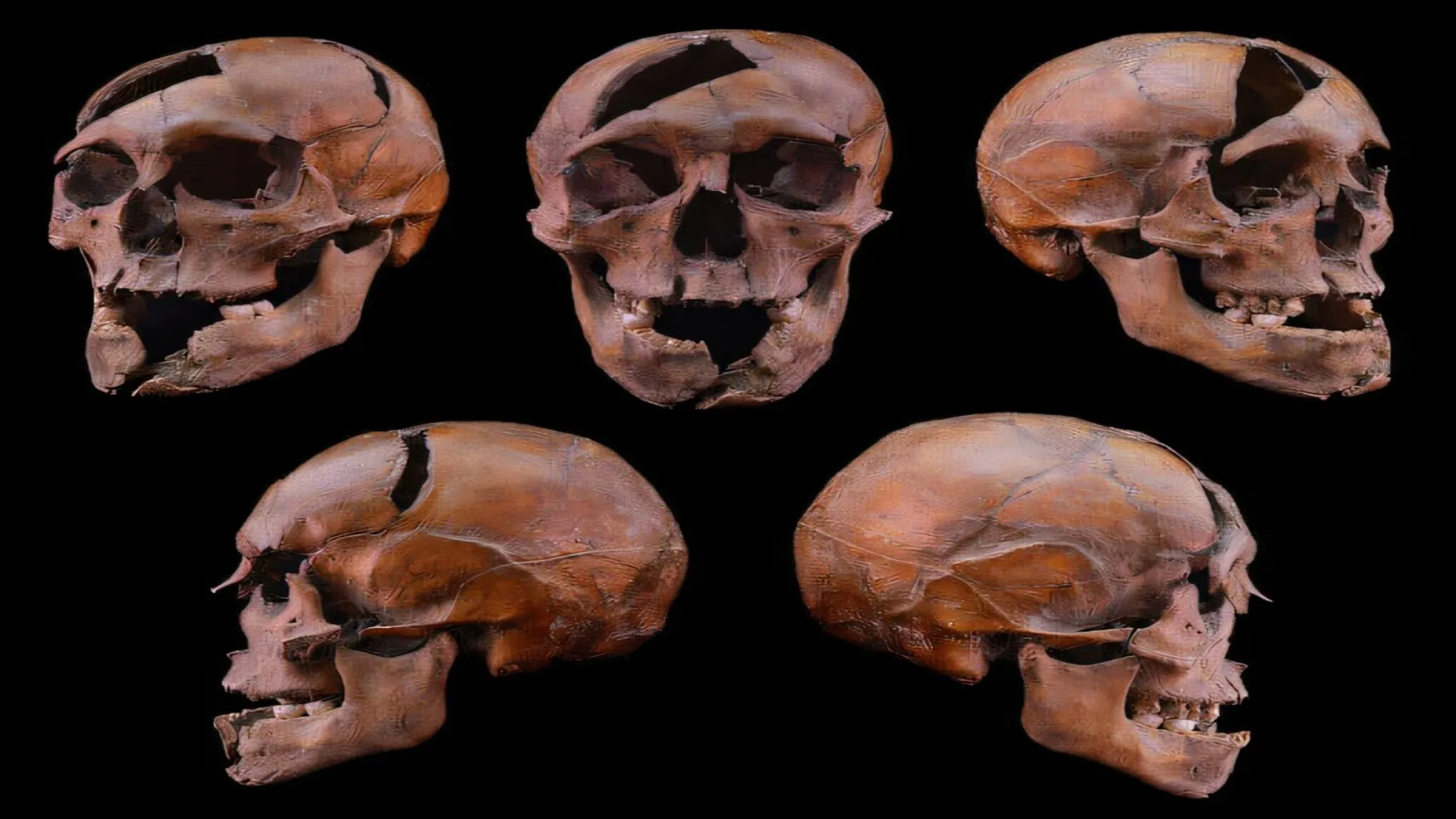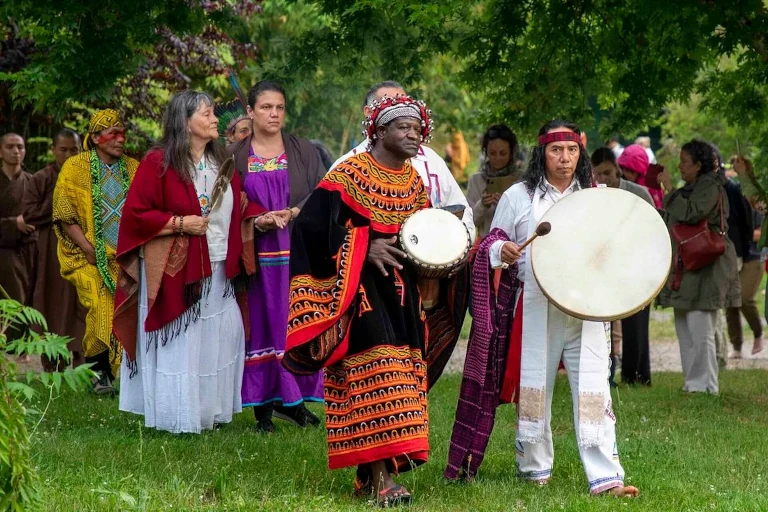Copyright Interesting Engineering

Researchers finally confirmed the noble identity of skeletal remains first discovered over a hundred years ago. When a mysterious and legendary skeleton, badly injured, randomly resurfaced in 2018, an interdisciplinary team of researchers went to work to find out who the person was. Could it have been a Duke who was brutally assassinated in 1272? The short answer is yes. The groundbreaking research penetrated the last moments of the young nobleman, who suffered a terrible 26 blows. As the title of the study published in Forensic Science International would suggest, Murder in Cold Blood, these pioneering researchers, as they provided the first genetic identification of a medieval royal, set out to determine whether or not the murdered individual was killed randomly or as part of a political plot. A bloody end for a nobleman In an inside look at a violent episode in medieval Hungarian history, the research effort by Tamás Hajdu (Department of Anthropology, Faculty of Sciences, Eötvös Loránd University (ELTE TTK), Anna Szécsényi-Nagy, and Noémi Borbély from the Institute of Archaeogenomics, ELTE RCH clarified a century-old mystery. Back in 1915, Phys reported, a team excavated Margaret Island in Budapest and discovered the remains of a young man in a Dominican monastery. The location, the data, and the injured led them to suspect it belonged to a young duke, but the remains ended up disappearing. In 2018, however, the postcranial bones popped up in a collection of tens of thousands. Archaeology News continued that the latest team consisted of experts in anthropology, archaeogenetics, radiocarbon dating, stable isotope analysis, dentistry, and historical study. The data, to skip ahead, did clearly prove that the suspicions were correct. The skeletal remains did indeed belong to Béla, Duke of Macsó, the great-grandson of King Béla III. As SciTechDaily reported, the analysis showed that he suffered 23 sword wounds when he was about 25 years old. He received multiple strikes—nine!— to the head. He didn’t die in a duel; in other words, he was surrounded by a group, jumped, and bludgeoned to death. As far as researchers can tell, there were probably three attackers. One seemed to approach him head-on, while the other two hit him from the left and right. As his face was shot and cut, it indicated intense emotional involvement, and evidently, the strike had been preplanned. A life and diet reconstructed Interestingly enough, the initial age of the skeletal remains thwarted researchers, but upon closer investigation, the duke’s diet altered his chemical signatures, as he ate a lot of fish. In analyzing the dental tartar, researchers found that he regularly consumed barley and wheat, such as bread and semolina, which made sense. That’s what the rich people ate in the Middle Ages. Furthermore, illuminating the degree of depth the researchers can reach, he spent his early childhood in Serbia and Croatia. Then, he moved into the royal centers in Hungary, in modern-day Budapest. The interdisciplinary approach brought the duke’s life and death to a stunning clarity — indicating how analyses can shed new light on age-old mysteries, even murders. “Our findings provide the first genetic identification of a medieval royal, resolve a century-old archaeological question, and illustrate the power of integrating multidisciplinary methods to confirm historical hypotheses and reconstruct violent deaths from the past with unprecedented detail,” study authors concluded.



